Introduction
Stir-fried conch, a dish that marries the briny essence of the ocean with the fiery intensity of a wok, is a culinary masterpiece rooted in coastal traditions. Revered for its chewy texture and delicate flavor, conch meat transforms under high heat into a dish that tantalizes the senses. This article explores the history, cultural significance, and intricate craftsmanship behind stir-fried conch, offering insights into its preparation, regional variations, and enduring appeal. From bustling night markets to family kitchens, this dish embodies the art of balancing simplicity with complexity—a testament to the alchemy of Chinese cooking.
The History of Conch in Cuisine
Conch has been a dietary staple for coastal communities for millennia. Archaeological evidence suggests that ancient civilizations along the Mediterranean, Caribbean, and East Asian seas harvested conch as a sustainable protein source. In China, conch consumption dates back to the Han Dynasty (206 BCE–220 CE), where it was prized not only for its taste but also for its perceived medicinal properties. Early texts describe conch as a remedy for coughs and digestive issues, blending folk wisdom with culinary practice.
The transition from raw consumption to stir-frying emerged during the Tang Dynasty (618–907 CE), as cooking techniques evolved alongside trade routes. Stir-frying, with its rapid cooking times and preservation of ingredients’ natural flavors, became ideal for conch, a meat that toughens if overcooked. By the Ming Dynasty (1368–1644 CE), stir-fried conch had solidified its place in coastal provinces like Guangdong, Fujian, and Zhejiang, each region adding its unique twist.
Cultural Symbolism and Regional Adaptations
In Chinese culture, conch symbolizes resilience and adaptability—traits reflected in its ability to thrive in turbulent tidal zones. Fishermen often viewed conch as a harbinger of good luck, and the dish became a fixture at celebratory feasts. Today, stir-fried conch remains a symbol of coastal identity, with variations reflecting local tastes.
- Guangdong Style: Chefs in Guangdong emphasize the conch’s natural sweetness, pairing it with minimal seasonings like ginger, Shaoxing wine, and a splash of oyster sauce. The dish is often served with crispy vegetables like snow peas or bell peppers.
- Sichuan Adaptation: In Sichuan, stir-fried conch takes a fiery turn with the addition of doubanjiang (fermented broad bean paste), Sichuan peppercorns, and dried chilies, creating a numbing-spicy sensation that lingers on the palate.
- Fujian Influence: Fujianese cooks incorporate fermented rice wine and black vinegar, balancing heat with tangy undertones. This style often includes wood ear mushrooms and bamboo shoots for added texture.
The Anatomy of Conch: From Shell to Plate
Preparing conch for stir-frying is a labor of love. The meat resides within a spiral shell, requiring careful extraction to avoid damaging the flesh. Fishermen typically use a hammer to crack the shell, then pry the conch loose using a specialized hook. Once removed, the conch must be cleaned thoroughly to remove sand and grit.
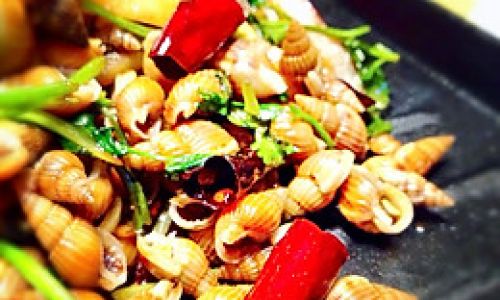
The meat itself is divided into two parts: the foot (the chewier, muscular section) and the siphon (a softer, more tender part). Most recipes call for slicing the foot into thin, diagonal strips to maximize surface area, ensuring even cooking. Marinating the conch in a mixture of cornstarch, rice wine, and white pepper tenderizes the meat and infuses it with flavor.
The Wok as a Canvas: Cooking Techniques
Stir-frying conch demands precision and speed. A carbon-steel wok, preheated until smoking hot, is essential for achieving the coveted wok hei—the breath of the wok—a smoky aroma that elevates the dish. The process unfolds in seconds:
- Aromatics First: Ginger, garlic, and scallions are stir-fried briefly to release their fragrance without burning.
- Conch Introduction: The marinated conch is added and tossed vigorously to ensure each slice sears evenly. Overcooking risks toughening the meat, so timing is critical.
- Flavor Infusion: A quick splash of soy sauce, oyster sauce, and a touch of sugar creates a glossy glaze. Some chefs add a splash of Shaoxing wine for depth.
- Final Flourish: A handful of cilantro or basil leaves, tossed in at the last moment, adds a burst of freshness.
The Science of Texture: Achieving Perfection
The allure of stir-fried conch lies in its contrasting textures—crisp edges, tender centers, and a satisfying chew. Achieving this balance requires understanding the science behind heat transfer. The wok’s high heat rapidly denatures proteins in the conch, sealing in moisture while creating a caramelized exterior. The thinness of the slices ensures rapid cooking, preventing the meat from becoming rubbery.
Some chefs employ a “two-step” stir-fry: briefly blanching the conch in boiling water before stir-frying to jumpstart the cooking process. This technique shortens wok time, reducing the risk of overcooking.
Pairings and Accompaniments
Stir-fried conch is rarely eaten alone. In coastal regions, it is often paired with steamed jasmine rice or congee, the starch acting as a canvas for the dish’s bold flavors. For a heartier meal, it might accompany fried noodles or clay pot rice. In beer gardens, it is a popular xiaojiu (snack to pair with alcohol), alongside peanuts and pickled vegetables.
Health Benefits and Nutritional Profile
Conch is a lean protein source, rich in vitamin B12, iron, and omega-3 fatty acids. Its low fat content makes it a favorite among health-conscious diners. Traditional Chinese medicine also praises conch for its cooling properties, believed to balance “heatiness” in the body—a concept integral to TCM dietary therapy.
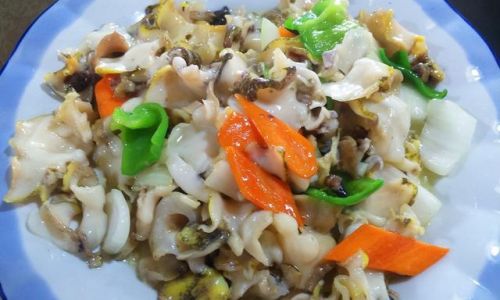
Sustainability Concerns and Ethical Sourcing
As global demand for conch rises, overfishing has become a pressing issue. Species like the queen conch (Strombus gigas) face population declines in the Caribbean and Florida, prompting conservation efforts. Ethical chefs now prioritize farm-raised or sustainably harvested conch, ensuring the dish’s future.
The Global Appeal of Stir-Fried Conch
Beyond China, stir-fried conch has gained international acclaim. In Southeast Asia, Thai chefs incorporate conch into pad thai or spicy salads, while Vietnamese cooks serve it with vermicelli noodles. In the Caribbean, conch fritters and ceviche dominate, but stir-fried preparations are gaining traction in fusion restaurants.
Mastering the Dish at Home: Tips and Tricks
Recreating stir-fried conch at home requires attention to detail:
- Source Quality Conch: Opt for fresh or frozen conch meat from reputable suppliers. Avoid pre-cooked varieties, which lack texture.
- Wok Maintenance: A well-seasoned wok prevents sticking. Heat it until drops of water evaporate instantly before adding oil.
- Speed is Key: Prepare all ingredients in advance. Stir-frying is a rapid process; there’s no time to chop mid-cook.
- Flavor Layering: Add delicate herbs like cilantro at the end to preserve their aroma.
Conclusion: The Enduring Legacy of Stir-Fried Conch
Stir-fried conch is more than a dish—it’s a narrative etched in flavor. From ancient fishermen to modern chefs, its evolution mirrors broader cultural shifts. As sustainability and innovation reshape cuisine, this humble seafood dish remains a bridge between tradition and progress. Whether savored in a bustling Chinese night market or a home kitchen, stir-fried conch continues to captivate, one searing-hot wok toss at a time. Its story, like the ocean it hails from, is timeless and ever-changing.
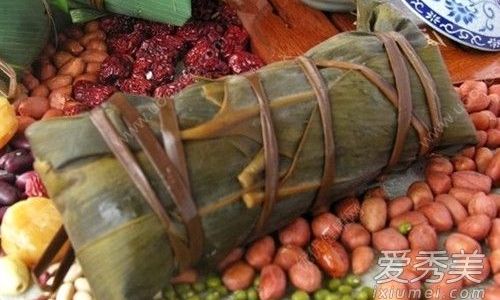

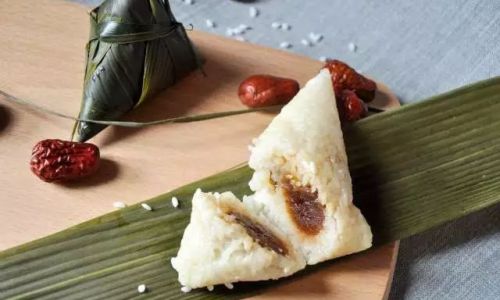
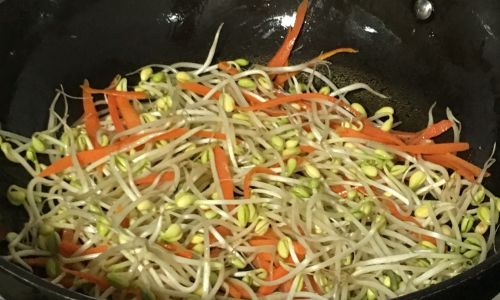


0 comments